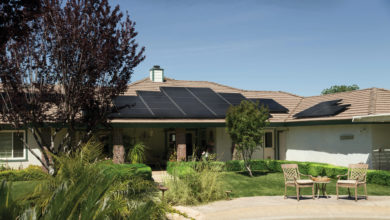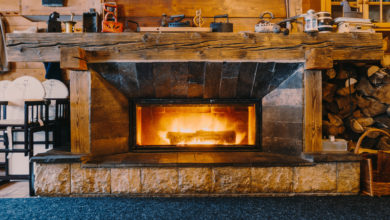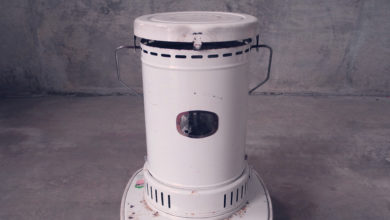The baseboard heating vs forced air heating debate is still going on and with good reason – there are a lot of differences and some similarities between these heating systems, and it’s important for most homeowners that they make the right choice for their home.
So, how do electric or hot water baseboard heat vs forced air heat compare?
What are baseboard heating systems?
Baseboard heating systems can be either electric or hydronic. Hydronic baseboard heating systems usually work with hot water but can work with oil too.
Electronic baseboard heating systems are good when it comes to heating single rooms and office spaces but are usually less cost-efficient when you have to heat an entire home or a larger office space.
Hydronic baseboard systems work a simple principle – they have a boiler that heats up the water in the system and distributes it to a piping system that keeps your home or office well-heated.
Baseboard heating systems provide excellent and consistent heating which is great for residential environments where you don’t want fluctuations in the temperature. They are also non-toxic as they don’t expel any carcinogenic gasses nor do they circulate forced air which itself can carry around pollutants. Their installation costs are also typically lower than those of radiant heating systems.
Hydronic baseboard heating systems do produce lower quantities of heat, however, and can take a while to heat up.
What are forced air heating systems?
Forced air systems work in a similar way to hydronic baseboard systems, however, instead of heating water in a boiler and distributing it through pipes, forced air heaters use a furnace to heat up air and force the heated air around your home or office.
The air distribution is done through intricate ductwork with air filters inside of it to keep the air clean and fresh. Just as with baseboard heaters, forced air systems are typically controlled by a thermostat.
The main benefit of a forced-air system is that it can heat up your home quickly and can reach higher temperatures. Additionally, such systems can also be used for cooling your home which is great for the hot summer days.
What is the baseboard heating vs forced air cost comparison?
The cost comparison between hydronic baseboard heating systems and forced air systems is tricky to judge because it depends on the efficiency of the heating element – the furnace or the boiler. Some boilers are more efficient than others and the same goes for forced air furnaces.
On average, most professionals agree that forced air systems are usually more cost-effective in the long-run but you can still find hydronic baseboard heating variants that are also very efficient.
Electric baseboard systems are usually the most cost-ineffective option for larger spaces.





